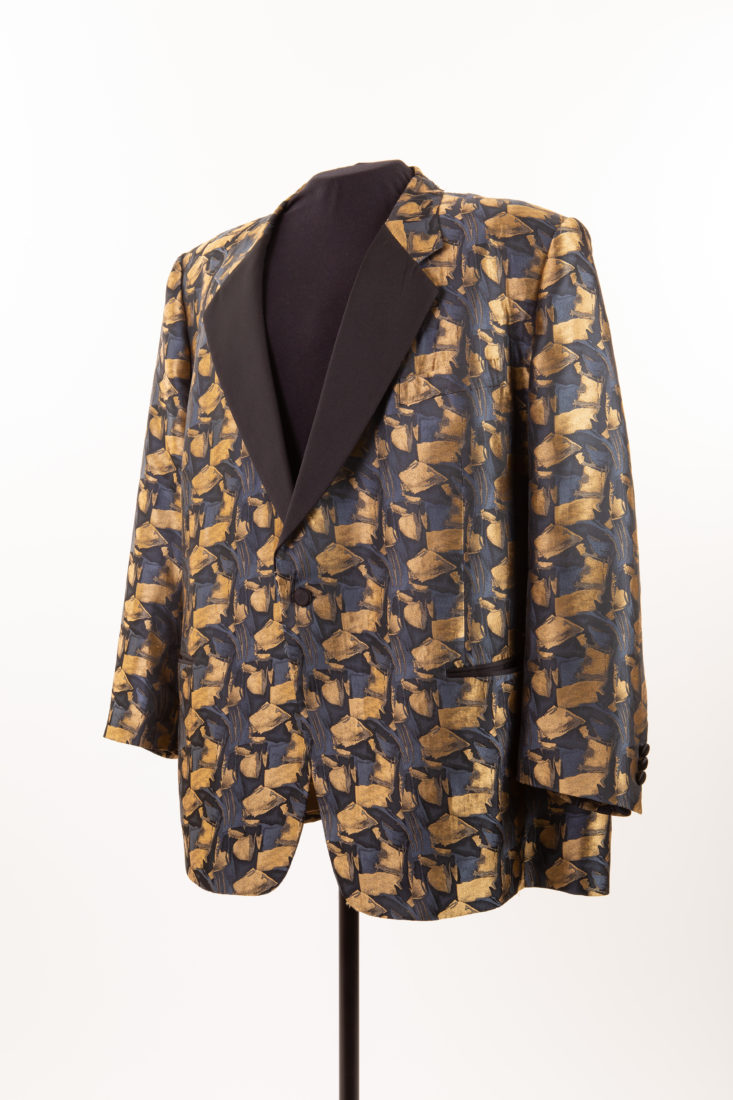In music and in history, timing is everything.

“There is a historical narrative that follows a chronological order,” says Dina Bennett, the curatorial director at the new National Museum of African American Music, which recently opened in Nashville. During the time of slavery, Bennett explains, Black people weren’t singing the blues. “We were singing about being free.” The blues came after emancipation. “Music became an outward expression of how we feel, how we felt, and how we dealt with things.”
Through the doors at the museum, visitors can walk along the Rivers of Rhythm, the circular corridor that joins five galleries, organized by genre—religious, blues, jazz, R&B, and hip-hop. See the starry fabric on funk legend George Clinton’s robe, and glimpse a custom gold-and-navy blazer donned by B. B. King: “He wore it to the opening of his club in downtown Nashville,” Bennett says.

Seek out the trombone played by the Mississippi jazz musician Helen Jones Woods, who toured the country in the 1940s with the first integrated all-female orchestra—just one of many homages that remind us we’ve long been one nation under a groove.
Find more information on visiting the museum here.








